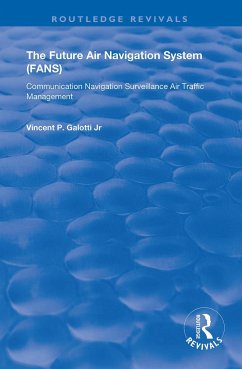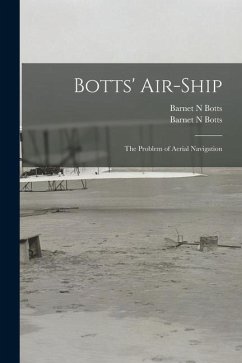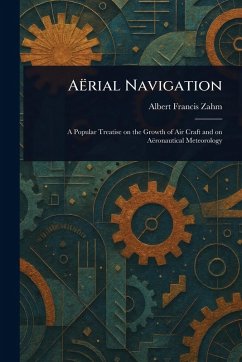
Looking Towards the Future Air Navigation System

PAYBACK Punkte
7 °P sammeln!
Budget constraints are forcing prioritization on future spending for Air Mobility Command's weapon systems. As the airplanes age, some of the parts that are worn out become too expensive to replace. Modernization of avionics and communication packages are becoming a necessity based on the rapid implementation of the Future Air Navigation System (FANS) and Free Flight. The purpose of this study is to understand how the implementation of FANS will affect the Air Mobility Command's Global Reach Mission in the 21st Century. A background and literature review will show what elements comprise FANS a...
Budget constraints are forcing prioritization on future spending for Air Mobility Command's weapon systems. As the airplanes age, some of the parts that are worn out become too expensive to replace. Modernization of avionics and communication packages are becoming a necessity based on the rapid implementation of the Future Air Navigation System (FANS) and Free Flight. The purpose of this study is to understand how the implementation of FANS will affect the Air Mobility Command's Global Reach Mission in the 21st Century. A background and literature review will show what elements comprise FANS and Free Flight. The strategic planning of the Air Mobility Master Plan (AMMP) and a new directive closes the review. The main issues of technology, concepts, and costs will be discussed along with the two alternatives available to AMC for future emphasis. The study concludes with the emphasis that a new planning method has to be implemented. The priority for avionics and communications upgrades is now. The operations tempo will not slow down in the near future. The policy of Global Reach will continue to be called upon. We must see that unrestricted operations in the FANS and Free Flight environment continues. This work has been selected by scholars as being culturally important, and is part of the knowledge base of civilization as we know it. This work was reproduced from the original artifact, and remains as true to the original work as possible. Therefore, you will see the original copyright references, library stamps (as most of these works have been housed in our most important libraries around the world), and other notations in the work. This work is in the public domain in the United States of America, and possibly other nations. Within the United States, you may freely copy and distribute this work, as no entity (individual or corporate) has a copyright on the body of the work. As a reproduction of a historical artifact, this work may contain missing or blurred pages, poor pictures, errant marks, etc. Scholars believe, and we concur, that this work is important enough to be preserved, reproduced, and made generally available to the public. We appreciate your support of the preservation process, and thank you for being an important part of keeping this knowledge alive and relevant.












